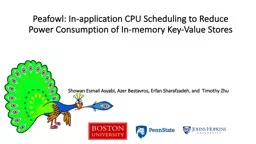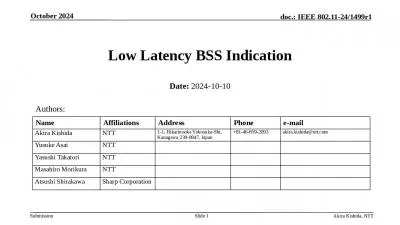PPT-EC-Cache: Load-balanced, Low-latency Cluster
Author : pasty-toler | Published Date : 2018-11-09
Caching with Online Erasure Coding K V Rashmi Mosharaf Chowdhury Jack Kosaian Ion Stoica Kannan Ramchandran Presented by Haoran Wang EECS 582 F16 1
Presentation Embed Code
Download Presentation
Download Presentation The PPT/PDF document "EC-Cache: Load-balanced, Low-latency Clu..." is the property of its rightful owner. Permission is granted to download and print the materials on this website for personal, non-commercial use only, and to display it on your personal computer provided you do not modify the materials and that you retain all copyright notices contained in the materials. By downloading content from our website, you accept the terms of this agreement.
EC-Cache: Load-balanced, Low-latency Cluster: Transcript
Download Rules Of Document
"EC-Cache: Load-balanced, Low-latency Cluster"The content belongs to its owner. You may download and print it for personal use, without modification, and keep all copyright notices. By downloading, you agree to these terms.
Related Documents

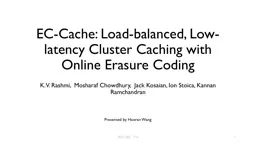

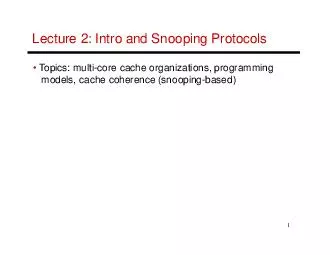

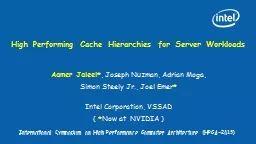
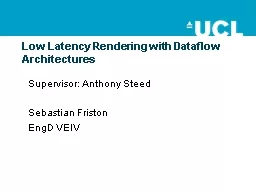
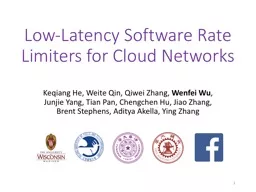
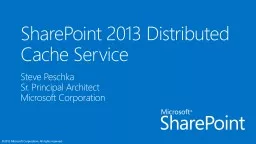

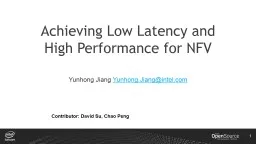
![[READ] Low Carb: Low Carb Weight Loss Secrets Box Set (Dash Diet, Slow Cooker Meals, Low](https://thumbs.docslides.com/881235/read-low-carb-low-carb-weight-loss-secrets-box-set-dash-diet-slow-cooker-meals-low-carb-cookbook-low-carb-recipes-low-car.jpg)
